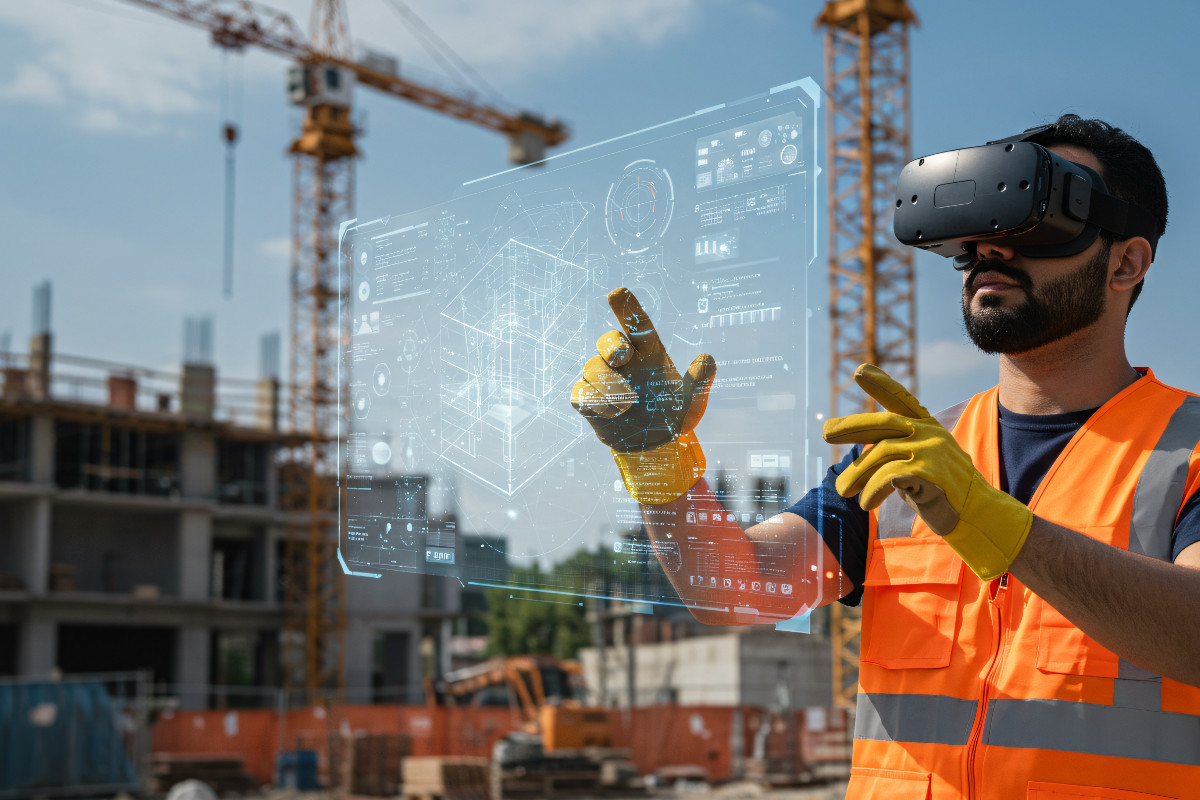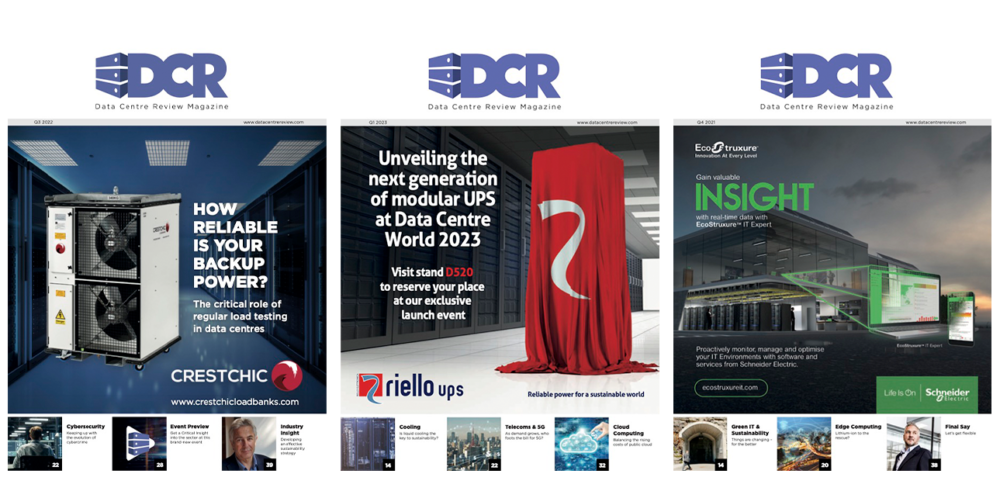As traditional workflows strain and BIM gaps persist, Matt Torma, Director of Mission Critical at XYZ Reality, shows how projecting live 3D data onto the jobsite is speeding layouts up to 5x and de-risking handover.
The global appetite for resilient, high-performance digital infrastructure continues to accelerate. From the rapid expansion of AI to the exponential growth in connected devices and the unpredictable effects of climate change, today’s data centres are being tested on every front.
Meta Founder Mark Zuckerberg announced last month that they’ll be investing hundreds of billions in data centres across the US, including one which is expected to be the size of Manhattan.
The growth is exponential. Property consultancy JLL estimates that 1.7GW of European data centre capacity is currently under development. Meanwhile, the Europe Data Centre Market Landscape 2024–2029 report by Research and Markets forecasts that the European data centre market will reach a value of US$64.5 billion by 2029.
Over the past few years, we’ve partnered with those managing some of the country’s most complicated builds and seen firsthand how traditional delivery models strain under the weight of modern demands. And while many innovations are reshaping our industry, one in particular is quietly redefining how we approach resilience: augmented reality (AR).
The resilience imperative
Extreme weather, grid instability, and rising global temperatures aren’t distant risks. They’re here now, and they’re testing the limits of today’s data infrastructure. At the same time, the technologies that depend on that infrastructure, such as AI workloads, IoT ecosystems, and 5G networks, are pushing for unprecedented levels of uptime, precision and control.
This combination of environmental volatility and technological complexity has turned resilience from a desirable trait into a basic requirement. Yet, for those of us delivering mission-critical facilities, one truth remains: small mistakes early in the process can have mammoth consequences. Delays, rework, cost overruns, and performance gaps are often rooted in a failure to see and solve issues before they manifest.
Despite progress in BIM (Building Information Modelling) and digital twins, many construction workflows still lean on disjointed communication and outdated verification methods. As of mid‑2024, approximately 26% of UK construction firms still hadn’t adopted BIM – despite government mandates and widespread industry awareness.
Globally, around 60% of construction companies now use BIM tools. Subsequently, that leaves the remaining 40% without full digital integration – highlighting persistent gaps in real-time coordination and model-to-site execution. In MEP‑intensive environments, even small misalignments in modelling or communication can spiral into costly delays, rework, and safety risks. AR’s role in de-risking delivery
By projecting live 3D design data directly onto the physical site, AR provides a spatially accurate, real-time view that allows teams to identify issues before they become costly problems and track construction progress live.
Just as importantly, AR creates a shared visual language that improves alignment across disciplines, bridging the gap between trades, designers, planners, and decision-makers. In the context of mission-critical construction, that clarity can be the difference between maintaining schedule certainty and losing valuable time.
It also introduces a level of precision that has been difficult to achieve with legacy tools. Layouts, the process of marking where components should be installed, can be executed more quickly and with higher accuracy. Installed components can be validated against tolerances in real time, not after the fact during inspection.
On recent projects, we’ve seen layout activities completed up to 5 times faster than traditional methods – with some specific activities executed more than 30 times faster. The result: accelerated build cycles, reduced rework, and a more predictable path to completion.
Technology that builds confidence
Infrastructure resilience isn’t just about physical robustness. It’s also about confidence – confidence in the process, the data, and the outcomes. One of AR’s less discussed, but most valuable contributions is transparency. When project stakeholders, from site teams to owners, can see the same data, presented clearly in real-world context, it shifts the dynamic. Decision-making improves. Accountability strengthens. Trust grows.
For clients operating in high-stakes industries like financial services, healthcare, or hyperscale cloud, this matters. These aren’t environments where assumptions are acceptable. AR provides traceability, evidence that what was designed is what was built.
That auditability is not just valuable at handover; it reinforces quality throughout the build process and enhances lifecycle performance.
A broader shift in approach
Of course, AR isn’t the only solution. It’s part of a broader, necessary cultural and technological shift in how we approach mission-critical delivery.
Resilience isn’t a checkbox at the end of a project. It has to be embedded from day one in how we plan, coordinate, and validate each stage of construction. Leading data centre programs are already adapting, adopting more transparent, integrated workflows to meet these challenges head-on. But real transformation requires more than tools. It requires a change in mindset. From contractors and consultants to clients, we need greater alignment around methods that elevate precision, reduce ambiguity, and promote shared accountability.
A digital-first approach to resilience
The digital infrastructure of tomorrow will be measured not just by how it functions, but by how it was delivered.
Augmented reality is not a futuristic concept; it is being deployed on major projects today, offering tangible gains in efficiency, accuracy, and assurance. For environments where failure is not an option, these tools give us a meaningful edge.
As our sector continues to evolve, resilience will increasingly depend on how well we integrate digital technologies into physical delivery. AR isn’t just helping us build better. It’s helping us build smarter, with greater foresight and fewer surprises.
And that, ultimately, is how we futureproof critical infrastructure in an unpredictable world.


